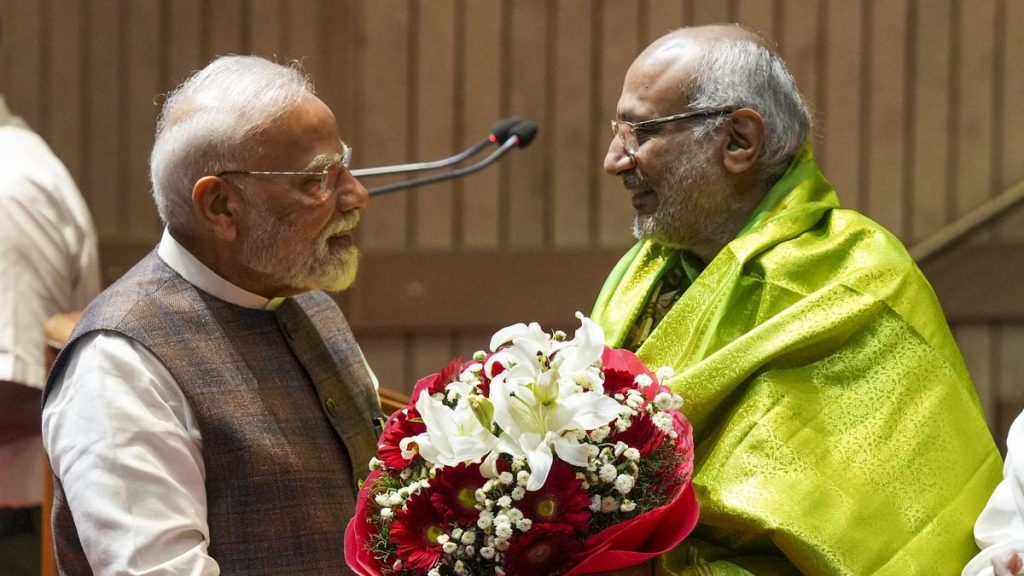Now Reading: Smart Ring Converts Sign Language to Text
-
01
Smart Ring Converts Sign Language to Text
Smart Ring Converts Sign Language to Text

Fast Summary
- Technology Development: Cornell University researchers are creating the SpellRing, a wearable device designed to translate American Sign Language (ASL) fingerspelling gestures in real-time using artificial intelligence and micro-sonar technology.
- Design Features: the quarter-sized 3D-printed ring worn on the thumb uses soundwaves emitted and detected by a miniature microphone, along with a gyroscope to measure hand motions. A computer running deep-learning algorithms then translates these gestures into letters displayed on screen.
- Performance Metrics: The SpellRing was trained on over 20,000 words by 20 ASL signers (both experienced and novice). Its accuracy ranged from 82-92%, depending on word complexity.
- Technical Progress & Limitations: Currently limited to fingerspelling, which constitutes only part of ASL’s full complexity that includes upper body movements and facial expressions. Expansion efforts aim to incorporate other aspects of ASL through devices like smart eyeglasses.
- Goals & Challenges: Researchers acknowledge further work is needed to fully integrate broader language capabilities. Cheng Zhang noted efforts bridge gaps between technical developers and user communities.
Designers trained the device on around 20,000 ASL words.
Indian Opinion Analysis
India can draw meaningful inspiration from innovations like the SpellRing for advancing accessibility technologies tailored for its linguistically diverse population, especially in accommodating differently abled individuals. While technology-based tools such as this ring focus specifically on one subset-fingerspelling-they underscore India’s potential for innovation in bridging dialogue gaps across regional languages or aiding those with disabilities. Such breakthroughs can also complement India’s ongoing push for AI development under national tech policies.The challenges faced by creators at Cornell reflect common barriers in ensuring user adaptability; robust stakeholder engagement remains essential so end-users can refine tools during testing phases before mass deployment. Similarly,Indian technological ventures need scalable solutions to capture intricate human expressions across varied cultural contexts while striving toward inclusivity through collaborative designs.



























